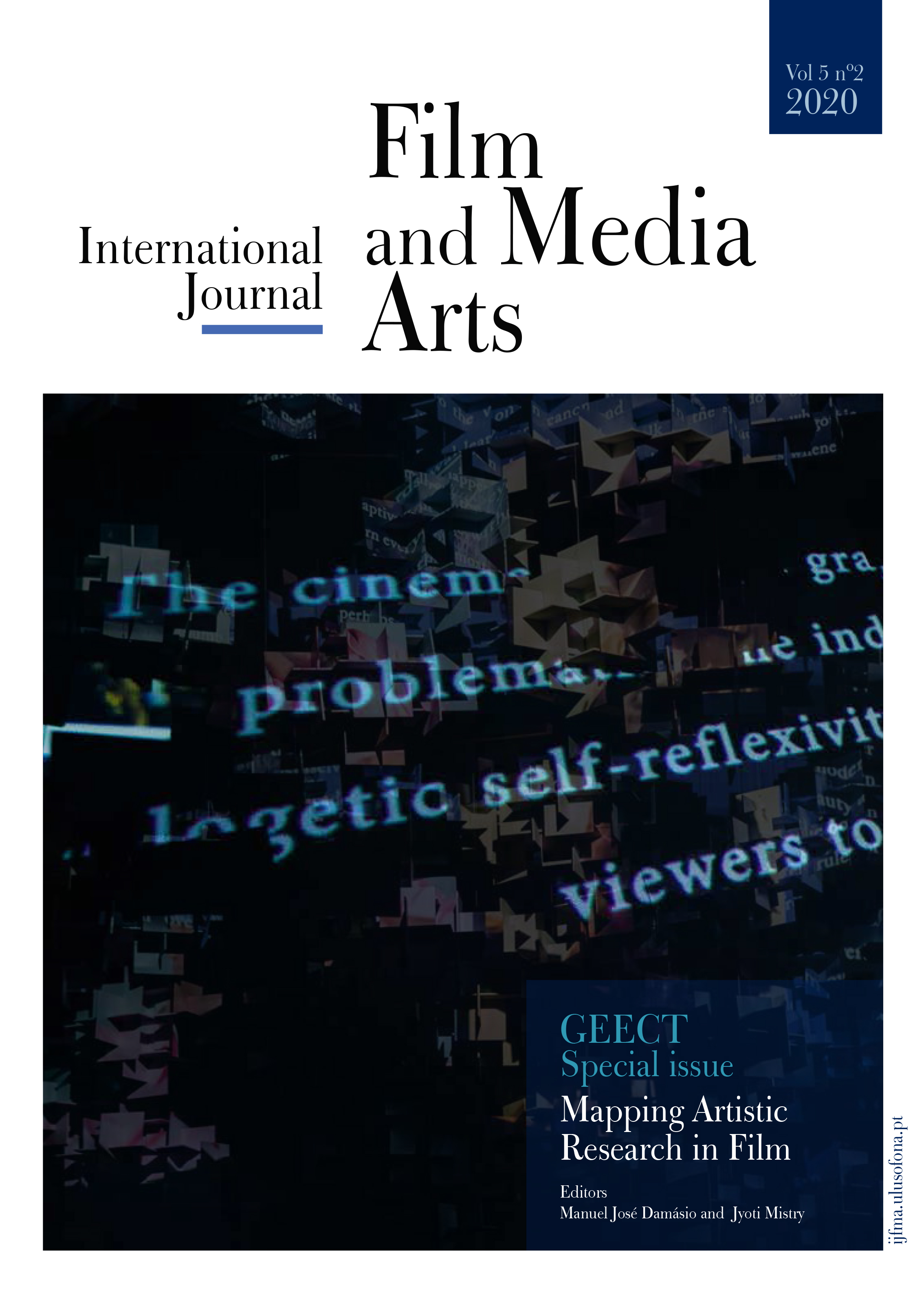Contracts of making, viewing and listening: Researching in and through films
Abstract
This paper tells the story of Contracts of making, viewing and listening, a 17-minute film that has emerged as part of my ongoing doctoral study in Artistic Research in Film. Taking the Bengal Famine of 1943 as a site-event, the doctoral research focuses on investigating and experimenting with epistemologies and ontologies of expressions emanating from a space of subalternity, especially Dalits. Contracts of making, viewing and listening can be seen as an artistic intervention into Satyajit Ray’s Distant Thunder – made in 1973, the film tells the story of effects of the Famine in rural Bengal through the eyes of a Brahmin couple. The artistic intervention was geared towards both critically reading the film from the lens of Dalit consciousness, and to explore ways of writing that critique in the language of the film itself. By retracing the journey of Contracts of making, viewing and listening, this paper focuses on how research is performed in and through the medium of film in this intervention, its multiple conceptual/material contingencies, and ultimately what it proposes in the context of artistic research.
Copyright (c) 2020 IJFMA

This work is licensed under a Creative Commons Attribution-NonCommercial 4.0 International License.











